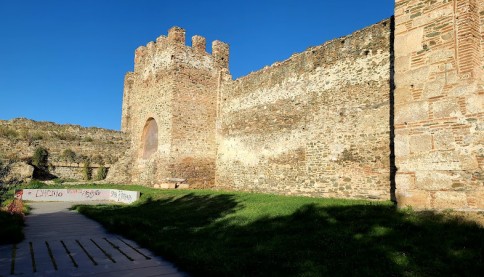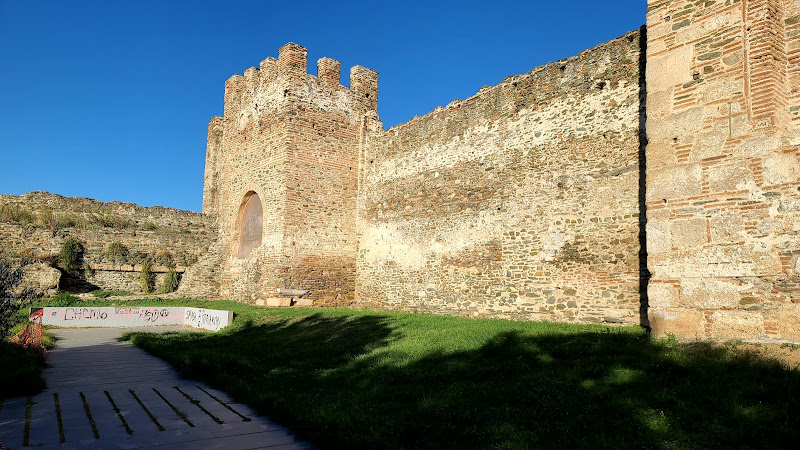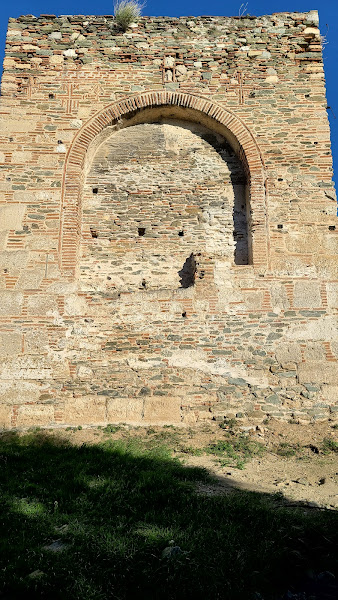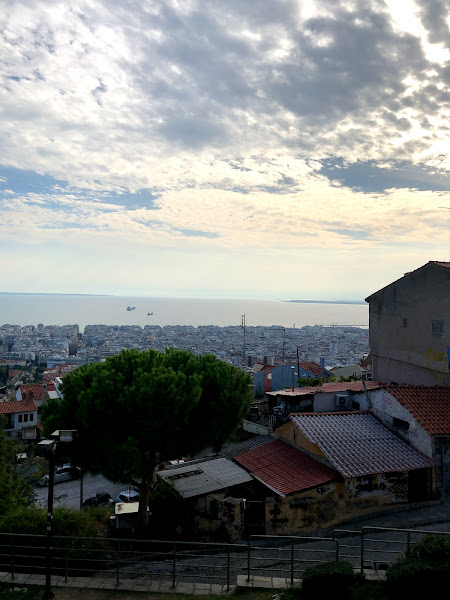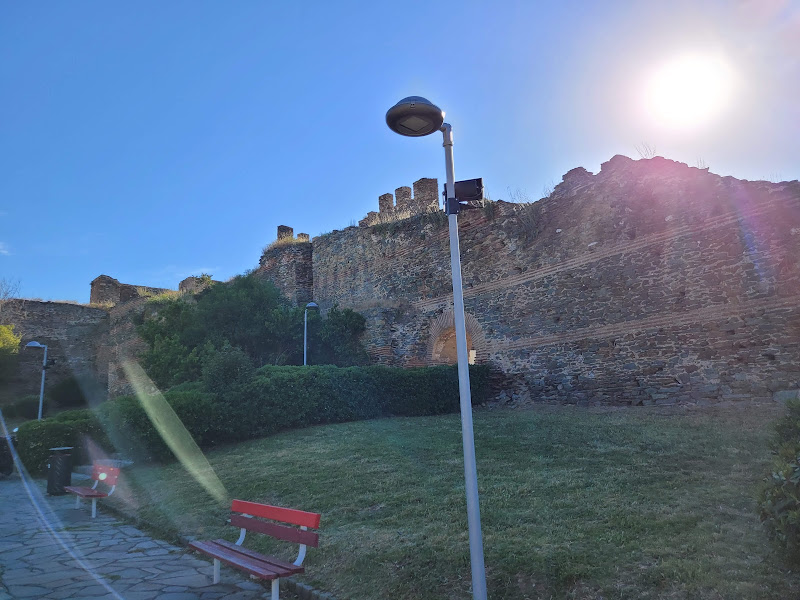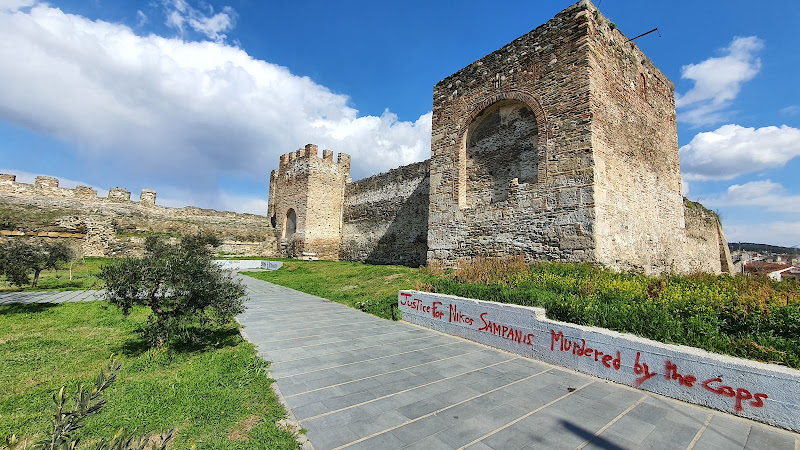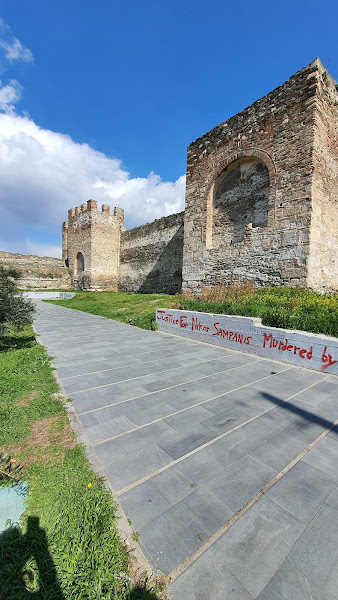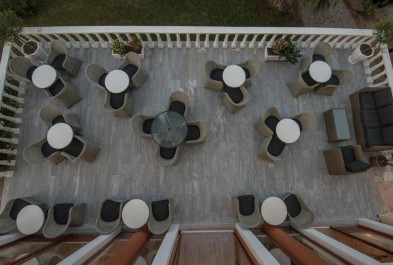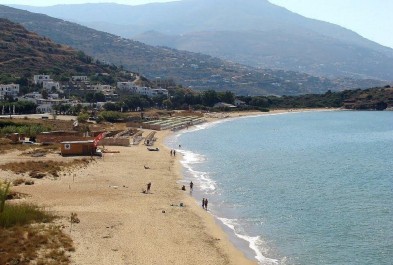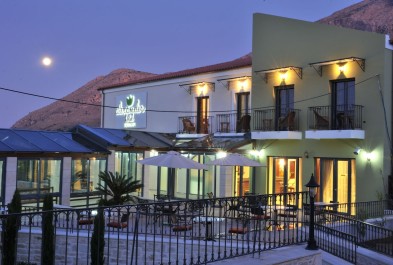Tower of Andronikos Lapardas #1326
- Purpose
- Excursion
- Type
- Castle
- Country
- Greece
- City
- Thessaloniki
- Zip code
- 546 33
Share links
Description
Aspiring to claim the throne of Macedonia, Cassander married Thessalonike, Alexander’s half-sister, and named the new city in her honor. This city was created by merging 26 smaller settlements around the Thermaic Gulf.
The first fortifications of the city began shortly after its founding, in the 3rd century BC. The existence of the walls is confirmed by the fact that in 279 BC, when the Celts (Gauls) invaded Greece, they were repelled at the walls of Thessaloniki and forced to move south toward Delphi and Aetolia.
The size and extent of the Hellenistic city have not yet been adequately explored. There is minimal archaeological data and historical evidence concerning the original wall and the early Roman phases of the fortifications.
In the 2nd century BC, the city, like the rest of Greece, was conquered by the Romans. In 58 BC, Cicero, exiled from Rome, stayed in Thessaloniki. He noted that the city’s walls were in poor condition and that the inhabitants feared raids by Thracian tribes. However, it is known that the Thracians were easily repelled outside the walls.
Around the mid-3rd century AD, a wall with square towers was hastily constructed, likely to defend against Gothic raids. This wall became the foundation for later fortifications, parts of which survive to this day. The new fortifications seem to have developed from the late 3rd century to the mid-5th century. This wall, more complex in structure and materials, incorporated the Roman wall as an internal buttress.
Indoor amenities
Route to location
Image gallery
Your Review
Please login or register to write your review
Reviews
No reviews found, be the first!


